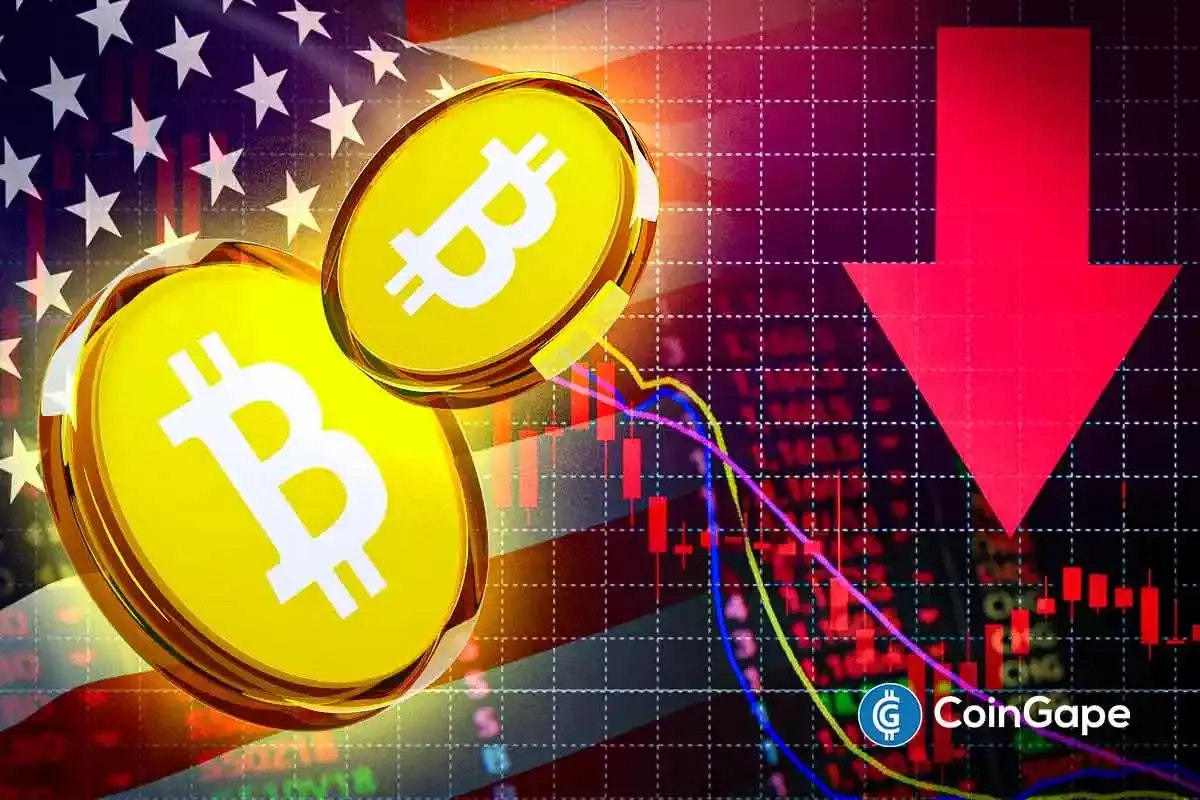Solana Co-founder’s Controversial Take on Layer-2 Solutions: Is a Well-Optimized Layer-1 Sufficient?
In the ever-evolving world of blockchain technology, the debate between layer-1 and layer-2 solutions has been a topic of intense discussion. This discourse gained significant traction when Solana co-founder Anatoly Yakovenko voiced his skepticism towards the need for layer-2 solutions, arguing that a well-optimized layer-1 can sufficiently meet speed, cost, and security requirements.
The Case for a Well-Optimized Layer-1
According to Yakovenko, Solana’s high-performance layer-1 blockchain is capable of handling up to 65,000 transactions per second (TPS) with sub-second confirmation times. This impressive throughput is made possible through a combination of various optimizations, including proof-of-stake consensus mechanism, parallel processing, and a unique clock model. With such capabilities, Yakovenko believes that a well-designed layer-1 can address the scaling concerns that have led to the popularity of layer-2 solutions.
The Debate Begins: Ripple’s Entry
The debate between Yakovenko and the proponents of layer-2 solutions was sparked when Ripple Labs, the company behind the Ripple payment protocol, published a blog post comparing the costs and performance of various layer-1 and layer-2 solutions. In the post, Ripple argued that layer-2 solutions like Optimistic Rollups and Plasma offer significant cost savings and improved scalability compared to layer-1 blockchains like Solana.
The Counter-Argument: Cost, Scalability, and Security
Yakovenko responded to Ripple’s claims by emphasizing the importance of considering the entire cost structure, including the cost of building and maintaining layer-2 infrastructure. He argued that layer-2 solutions introduce additional complexity and require significant resources to build and operate, which can offset the cost savings in the long run. Furthermore, Yakovenko highlighted the security concerns associated with layer-2 solutions, as they introduce new attack vectors and require trust assumptions that may not be desirable for all use cases.
Impact on Individual Users
As a user, the debate between layer-1 and layer-2 solutions may not have an immediate impact on your day-to-day interactions with blockchain technology. However, the outcome of this discourse could influence the platforms and services you choose to use in the future. If Solana’s vision of a well-optimized layer-1 proves to be a viable solution for the majority of use cases, you may find yourself using more decentralized applications (dApps) built directly on layer-1 blockchains. Conversely, if layer-2 solutions gain widespread adoption, you may find yourself interacting more frequently with decentralized finance (DeFi) protocols and other dApps that leverage these solutions for improved scalability and cost savings.
Impact on the World
The outcome of the layer-1 vs. layer-2 debate could have far-reaching implications for the blockchain ecosystem as a whole. If Solana’s approach proves successful, we may see a shift towards more decentralized solutions that rely on well-optimized layer-1 blockchains. This could lead to a more democratic and equitable distribution of power within the blockchain space, as smaller projects and decentralized organizations would have equal access to the same capabilities as larger, more well-funded entities. However, if layer-2 solutions gain traction, we may witness the emergence of a two-tiered blockchain ecosystem, with large-scale enterprises and institutions dominating the layer-1 space while smaller projects and individual users rely on layer-2 solutions for cost savings and improved scalability.
Conclusion
The debate between Solana’s Anatoly Yakovenko and the proponents of layer-2 solutions is far from over. While Yakovenko’s vision of a well-optimized layer-1 blockchain offers significant promise, the cost savings and improved scalability provided by layer-2 solutions cannot be ignored. As users and developers, it is essential that we remain informed about the ongoing discourse and consider the potential implications for our individual experiences and the future of the blockchain ecosystem as a whole. Only time will tell which approach will ultimately prevail, but one thing is certain: the future of blockchain technology is bright, and the ongoing debate is a testament to the innovation and ingenuity of those driving its development.
- Solana co-founder Anatoly Yakovenko argues for the sufficiency of a well-optimized layer-1 blockchain.
- Ripple’s entry into the debate sparks intense discussion.
- Cost, scalability, and security are the primary concerns.
- Individual users may find themselves using more decentralized applications built on layer-1 or layer-2 solutions.
- The outcome of the debate could have far-reaching implications for the blockchain ecosystem.





